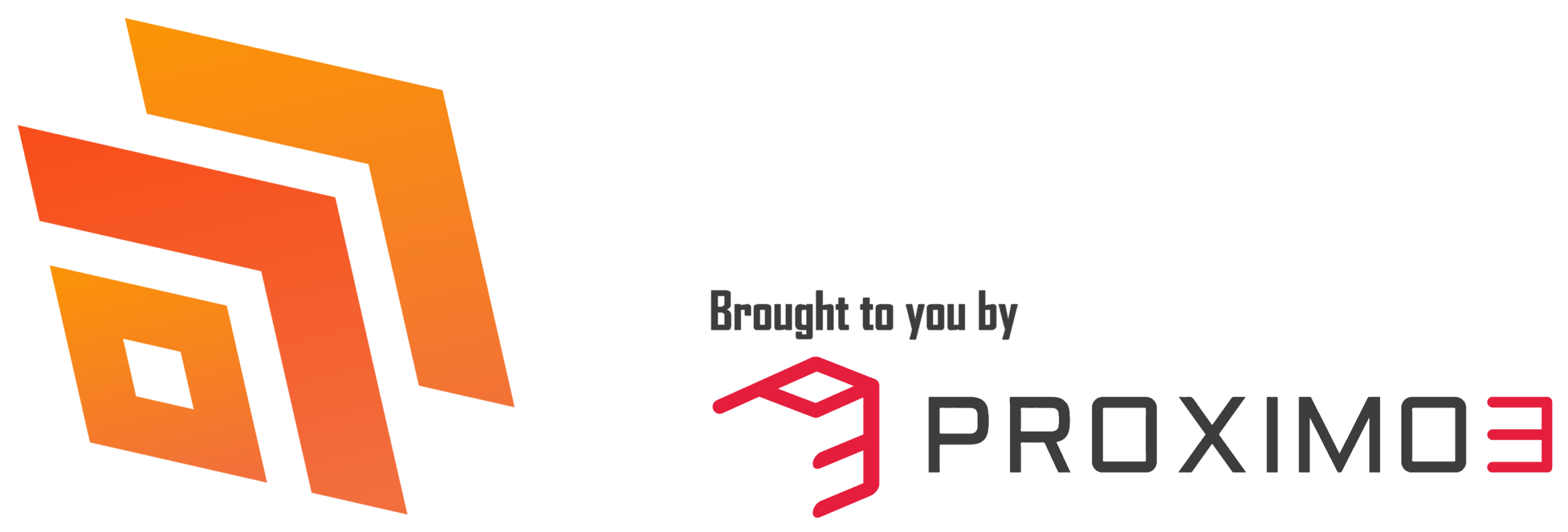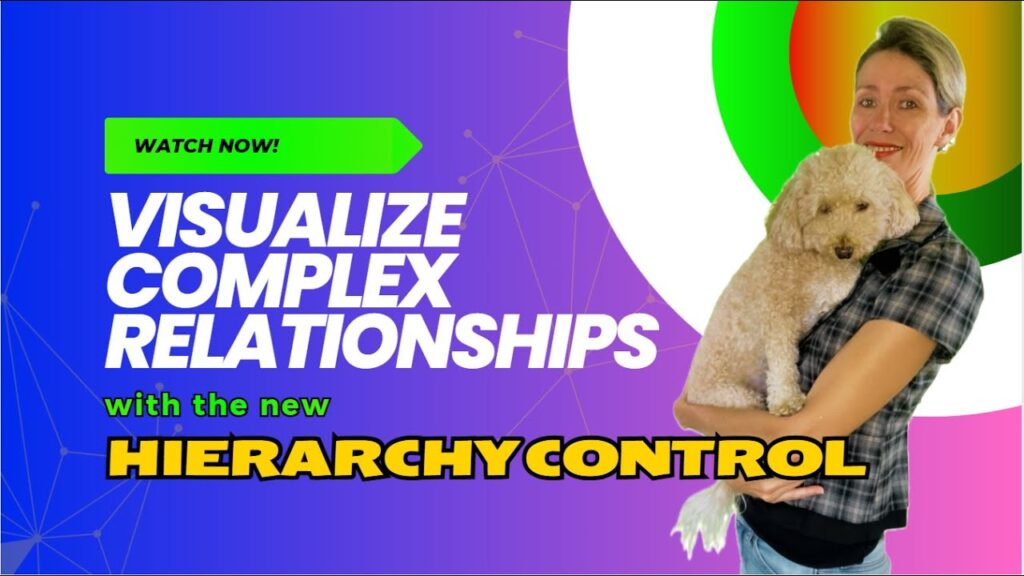Now Reading: Canvas Chaos Contained – How Nevermore Manages 50+ Canvas Apps Without Losing the Plot
-
01
Canvas Chaos Contained – How Nevermore Manages 50+ Canvas Apps Without Losing the Plot
Canvas Chaos Contained – How Nevermore Manages 50+ Canvas Apps Without Losing the Plot
Canvas apps. We all love them. Drag, drop, tweak, publish—boom, job done. Right?
Well… yes. Until you’ve got fifty of the things. Across departments. Built by a mix of pro developers, citizen makers, and “somebody in HR who went on a course once.”
Welcome to Instance 4 of Nevermore Technology’s Power Platform setup: the wild and wonderful world of Canvas Apps at scale.
The Problem With Scale
Canvas apps are brilliant for rapid delivery. But once you go past about a dozen, things get complicated:
- Who owns what?
- Which version is live?
- Why is there a file called
V3_fixed_but_not_final_final.msappin the SharePoint folder? - And why are two apps doing the same thing but with different colours?
Nevermore faced all of this—and more—when they realised their internal Power Platform usage had ballooned into over 50 actively used canvas apps, supporting everything from facility booking to stock control.
They needed structure. They needed visibility. And most importantly, they needed a way to stop rogue changes from creeping into production on a Friday afternoon.
Step One: Stop Building in the Default Environment
First thing Nevermore did? Pulled the plug on the Default environment.
Nothing kills governance faster than dozens of canvas apps scattered across an unmanaged environment like confetti. They set up proper environments (Dev, Test, Pre-Prod, Prod) and assigned canvas apps to the right places.
You can do the same: disable maker access to Default.
Step Two: Everything Goes in a Solution
Canvas apps not in solutions? That’s chaos waiting to happen. Nevermore wraps every canvas app in a solution, alongside its dependent components (custom connectors, flows, tables, etc).
Not only does this allow for structured deployments, but it means they can:
- Use pipelines to deploy canvas apps like proper software
- Track who changed what and when
- Roll back or patch with confidence
[Placeholder for Image: Power Apps Studio showing “Canvas App in Solution” setup with dependencies listed]
Want the lowdown? Working with canvas apps in solutions
Step Three: Group by Purpose, Not Chaos
Rather than dump all 50 apps into one mega solution (no thank you), Nevermore uses functional groupings:
Facilities-Booking-SuiteFinance-Reimbursement-AppHR-Onboarding-ToolkitOps-Field-Checklists
Each group has its own solution(s), with clear naming, versioning, and release notes stored in—you guessed it—source control.
If an app belongs to more than one process? They don’t duplicate it. They document it, flag dependencies, and share it appropriately.
Step Four: Automate Deployment with Pipelines
Canvas apps might feel like low-code, but that doesn’t mean low-discipline. Nevermore uses Power Platform Pipelines to:
- Automatically export apps from Dev as managed
- Deploy them into Test with pre-flight checks
- Promote them to Pre-Prod only after sign-off
- Deploy to Production on a scheduled release window
The result? No cowboy deployments, no rogue versions, no “I thought I was updating the test app” moments.
Want to do the same? Get started with Power Platform Pipelines
Step Five: Assign Owners and Enforce Naming
Every app has a designated business owner and technical owner. This isn’t just for show—it’s so that when something breaks, the right person gets the call. Not the guy who left six months ago but is still listed as the creator.
Apps are named following Nevermore’s internal standard:
[Team]-[Purpose]-[Version/Year]
E.g., Facilities-BookingApp-2025
No more TestApp2_final_v2_fixed. Just good, clean naming.
[Placeholder for Image: Screenshot of solution list with naming convention labels]
Step Six: Versioning + Source Control
Every canvas app version is stored in source control using the Power Platform CLI. If something breaks, they can roll back. If a team wants to branch and build a new feature, they can do it safely.
It takes a little setup, sure—but it saves you from the “why is this field missing” chaos when someone overwrites a published version.
Start here: Source control with Power Platform
Bonus: Review Cycles and Sunset Planning
Nevermore runs a quarterly app review cycle. Any canvas app not updated, used, or reviewed in six months? Flagged for deprecation.
Because it’s one thing to scale quickly. It’s another to sustain that scale without drowning in admin.
TL;DR – It’s Not About the Apps, It’s About the Discipline
50+ canvas apps sounds like a lot—until you realise that with proper ALM practices, you can manage them just like enterprise software.
Nevermore’s golden rules?
- No canvas app lives outside a solution
- Every app has an owner
- Pipelines are non-negotiable
- Naming and documentation are part of the lifecycle
- The Default environment is a no-go zone
Next Up: Blog 5 – Model-Driven Mayhem (15 Apps, 1 Integration Layer, and a Whole Lot of Logic)
Canvas apps are just one side of the coin. In Blog 5, we’re diving into Instance 5—the land of 15 model-driven apps, deep system integrations, and more solution layering than a mille-feuille.
See you there. And bring a cup of tea. You’ll need it.
















